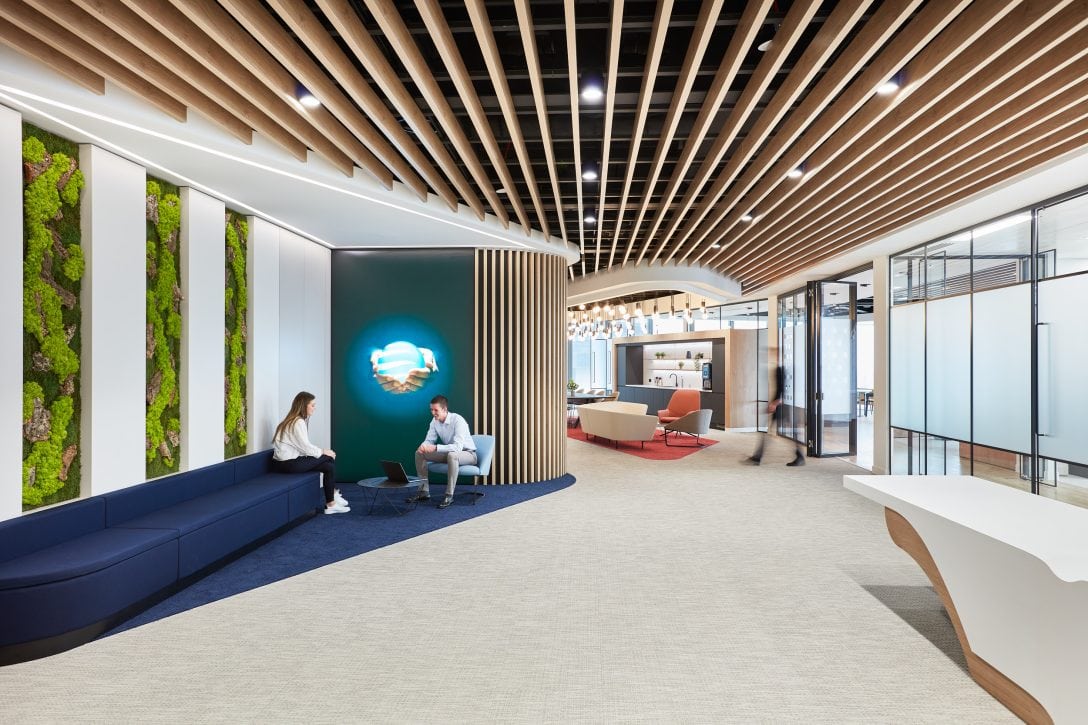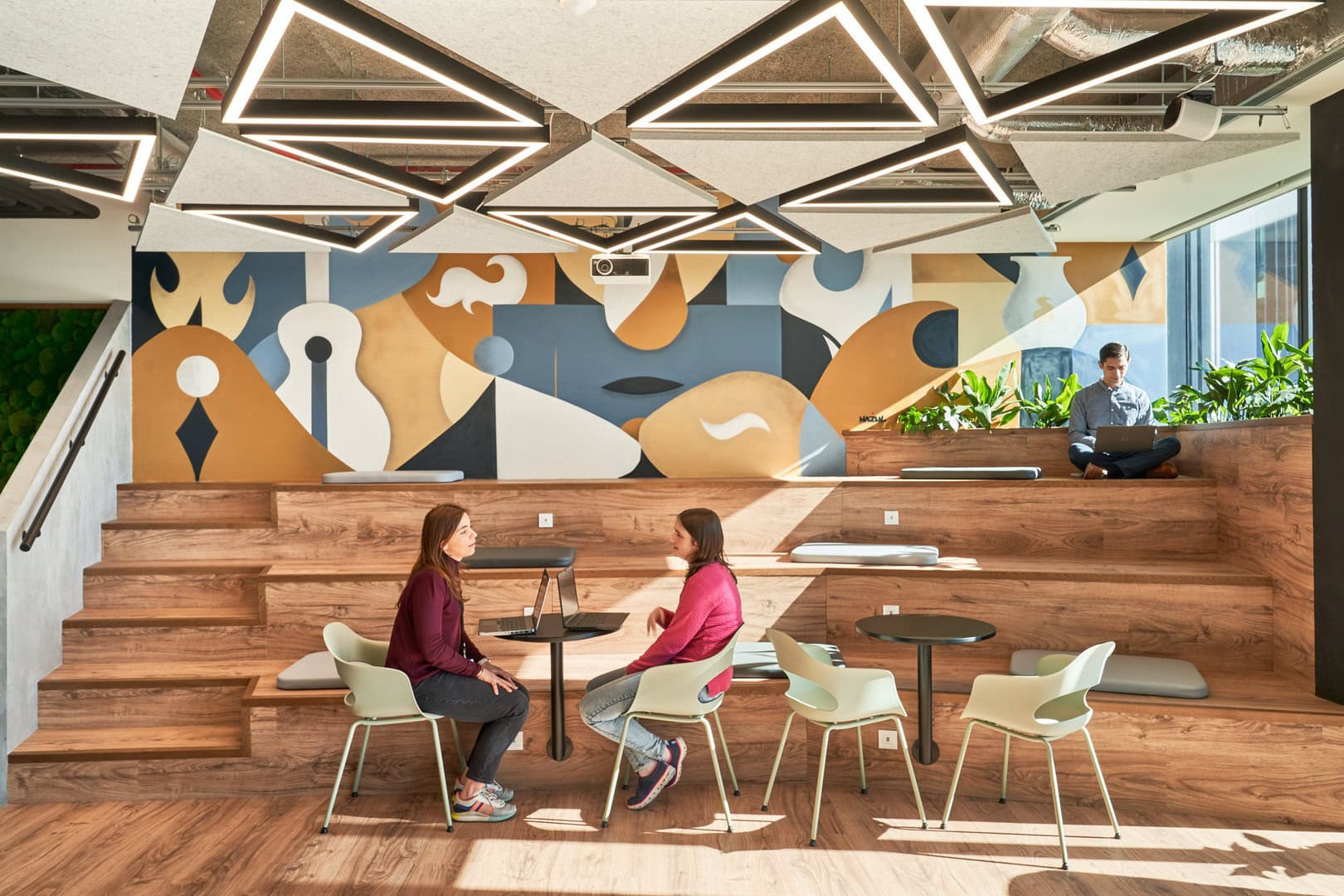Changing employee requirements post pandemic
Find out how to create a flexible workplace to meet the needs of an evolving workforce.

The pandemic has brought about new ways of working, forcing workers to be flexible and adaptable. Whether at home or in the office, working life has changed and a key learning to take away from the last year is that we must be ready to adapt. As well as employees being expected to readjust, this evolving workforce are now expecting the same flexibility from their employers and we are seeing significant change around employee expectations when looking for a new potential employer.
Particularly for those in search of a new job, company benefits can be a big factor when deciding on the company that you wish to work for. These benefits can say a lot about the culture of a company and the way in which they treat their employees. What we value and seek in a company has changed since the pandemic and many now place well-being as a much higher priority than they did pre-pandemic.
According to Glassdoor, about 60% of employees now place more emphasis on company perks that put physical and mental wellbeing at the forefront. For example, the offering of online therapy or private healthcare. They found that 9 in 10 people are more likely to apply for a job that looks after their employees and offer relevant company benefits.
Employers must show that they can be just as flexible as they are asking their employees to be. So how are employers stepping up to these changing demands?
Diversity in location
As proven over the last year, workers are adaptable. In most cases productivity whilst working remotely has not decreased. Employees have proven that they can work efficiently from different locations. Not only that, but mass public transport has reduced in viability due to safety concerns, and the adoption of remote working has many of us turning to more virtual ways of meeting up with business partners and clients that not only save on time but reduce the need and cost of travel.
As a result, some companies with multiple offices are allowing their employees to choose which workplace they would like to work in or even giving workers the opportunity to work in co-working style spaces that might be located a bit closer to home.
Amongst a number of larger corporations we are starting to see a trend towards the ‘hub-and-spoke model’ – where companies have their headquarters or global ‘hubs’ in city centre locations, as well as a number of smaller satellite locations in more regional areas acting as the ‘spokes.’ This gives employees greater choice over where and how they travel to work and make the employer a more attractive candidate to new staff from more geographical locations.
Changing workplace design
As the model of working has shifted throughout the past year, ensuring your workplace is flexible to meet the changed needs of your employees is key. Priorities have changed and the design of the office is being rethought. There is no question that the sudden behavioural shift in our approach to work brought about by the COVID-19 pandemic will bring significant long-term change in what employees are now deeming as their ‘ideal’ office.
Coming out of lockdown employees are now looking for their offices to be adapted, taking on a role that is more fine-tuned to facilitating collaboration, creating connections and learning. Employees are looking for office spaces that are more like social hubs to support team working, face-to-face meetings and events that enhance shared learning, career development and the reinforcement of a company’s brand and culture.
Some employees now place greater value over open space in the office so that people can take full advantage of face-to-face interaction. This may come in different forms, for example open and more flexible conference rooms, less private working zones and increased break out spaces.
Flexible scheduling
Work and life are not completely separate entities, each one affects the other whether we like it or not. The past year has proven that we can work remotely and in most cases, productivity has not been compromised. However most have reported declines in creativity due to a lack of collaboration whilst working from home.
For some, more than others, the switch to remote working has been challenging. So for many people home has not been a place without distraction or noise and therefore staying focused and productive has been difficult. There is now a need for creating a work life balance in which parents can work productively at home whilst also being able to care for their children whilst not at school.
Employees are now demanding a more flexible schedule with the promise that their work still gets completed to the same standard as before. The goal for many is to create a new work life balance and if you are comfortable in offering flexible scheduling you may be more likely to become someone’s favoured employer.
Home office expenses
Prior to the pandemic many people have never worked from home before. Consequently for many their homes were not equipped to support remote working. The shift to remote working for many was a first-time trial. Employers had to ensure that each employee’s home was equipped with the right resources to be able to work as productively as they did in the office.
These resources differed from person to person based on their individual needs but some common examples include screen monitors and desk chairs. How we will return to work still remains uncertain for some organisations. But for those opting for hybrid working, home office expense support will need to continue if you are continuing to offer remote working options, and mentioning this support in your recruitment endeavours may place you ahead of another employer.
Offer multiple modalities for connection
Many employees, particularly those from younger generations really value good tech and its something they look for in a potential employer. Everyone has different preferences for how they wish to communicate. During the pandemic, face-to-face interactions have declined and therefore we have relied upon the likes of video calls and instant messaging.
Ensuring workers are up to speed with the medium that your workplace decides to use is important to ensure communication is swift and efficient. Whether it be Slack, Zoom or Teams, ensure you have an effective communication system in place for when remote work is taking place and have appropriate IT support to underpin your communication technologies.
If you want to find out more about how you can ensure your workplace is flexible to suit the needs of your organisation then get in touch today.


